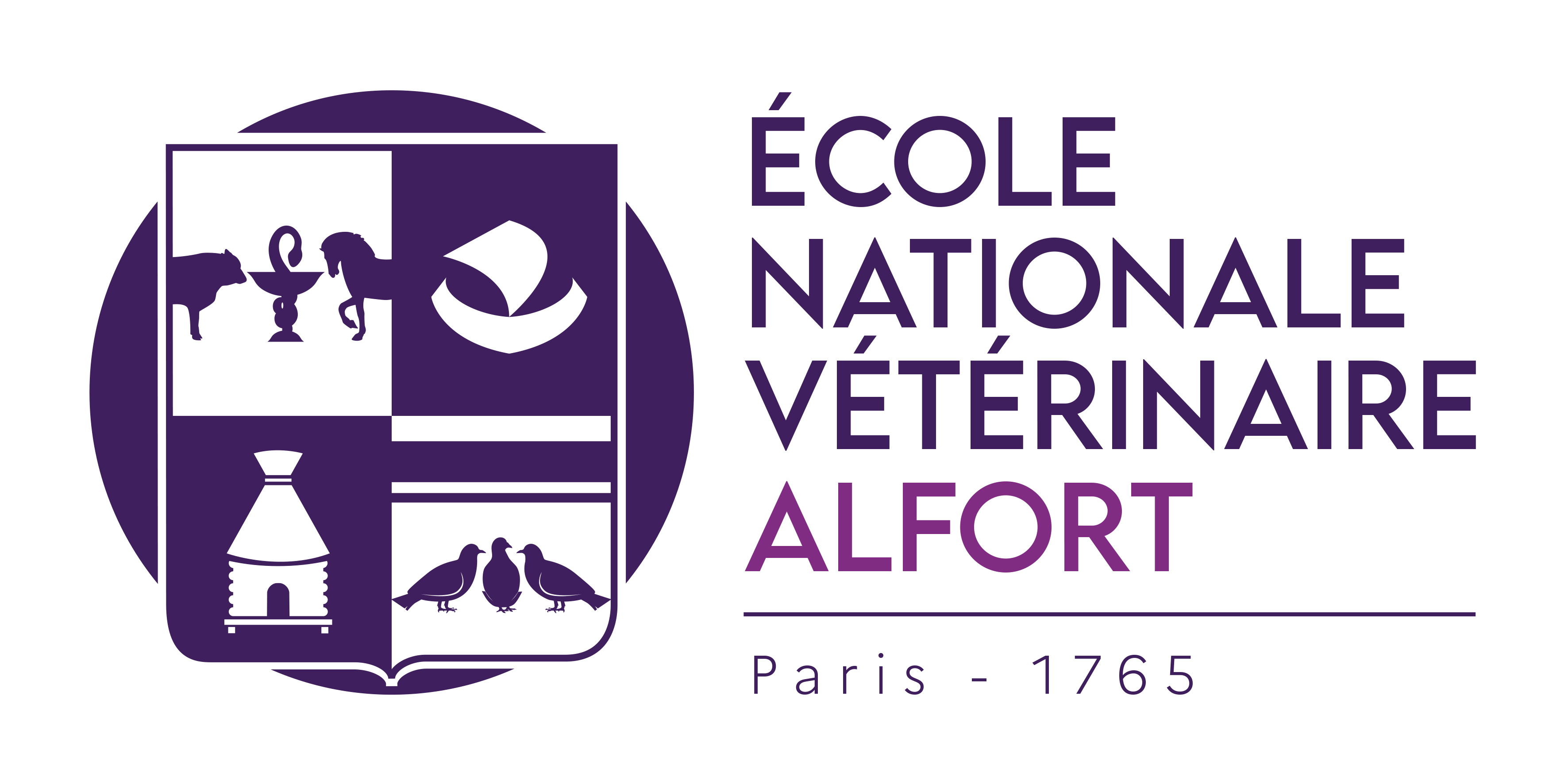A novel generation of heparan sulfate mimetics for the treatment of prion diseases
Résumé
Crucial events in myogenesis rely on the highly regulated spatiotemporal distribution of cell surface heparan sulfate proteoglycans to which are associated growth factors, thus creating a specific microenvironment around muscle cells. Most growth factors involved in control of myoblast growth and differentiation are stored in the extracellular matrix through interaction with specific sequences of glycosaminoglycan oligosaccharides, mainly heparan sulfate (HS). Different HS subspecies revealed by specific antibodies, have been shown to provide spatiotemporal regulation during muscle development. We have previously shown that glycosaminoglycan (GAG) mimetics called RGTA (ReGeneraTing Agent), stimulate muscle precursor cell growth and differentiation. These data suggest an important role of GAGs during myogenesis; however, little is yet known about the different species of GAGs synthesized during myogenesis and their metabolic regulation. We therefore quantified GAGs during myogenesis of C2.7 cells and show that the composition of GAG species was modified during myogenic differentiation. In particular, HS levels were increased during this process. In addition, the GAG mimetic RGTA, which stimulated both growth and differentiation of C2.7 cells, increased the total amount of GAG produced by these cells without significantly altering their rate of sulfation. RGTA treatment further enhanced HS levels and changed its sub-species composition. Although mRNA levels of the enzymes involved in HS biosynthesis were almost unchanged during myogenic differentiation, heparanase mRNA levels decreased. RGTA did not markedly alter these levels. Here we show that the effects of RGTA on myoblast growth and differentiation are in part mediated through an alteration of GAG species and provide an important insight into the role of these molecules in normal or pathologic myogenic processes.

